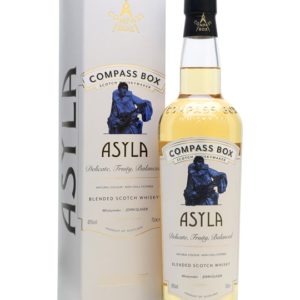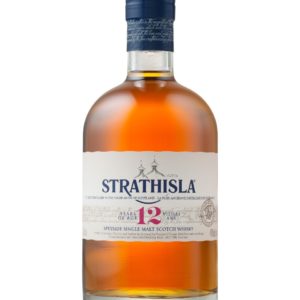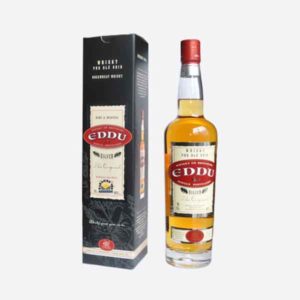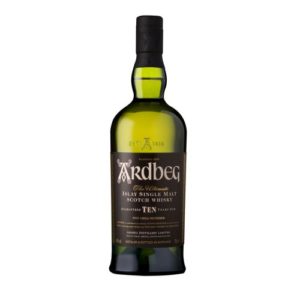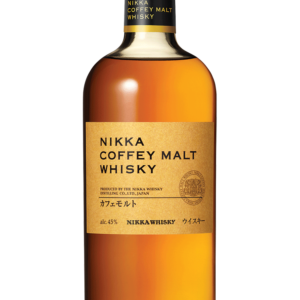Scotch whisky, often simply called Scotch, is malt whisky or grain whisky made in Scotland. Scotch whisky must be made in a manner specified by law.
All Scotch whisky was originally made from malted barley. Commercial distilleries began introducing whisky made from wheat and rye in the late 18th century. Scotch whisky is divided into five distinct categories: single malt Scotch whisky, single grain Scotch whisky, blended malt Scotch whisky (formerly called “vatted malt” or “pure malt”), blended grain Scotch whisky, and blended Scotch whisky.
All Scotch whisky must be aged in oak barrels for at least three years. Any age statement on a bottle of Scotch whisky, expressed in numerical form, must reflect the age of the youngest whisky used to produce that product. A whisky with an age statement is known as guaranteed-age whisky.
The first written mention of Scotch whisky is in the Exchequer Rolls of Scotland, 1495. A friar named John Cor was the distiller at Lindores Abbey in the Kingdom of Fife.
“To Friar John Cor, by order of the King, to make aqua vitae, VIII bolls of malt.
— Exchequer Rolls of Scotland, 1 June 1495.”
According to the Scotch Whisky Association, Scotch whisky evolved from a Scottish drink called uisge beatha, which means “water of life”. The earliest record of distillation in Scotland occurred as long ago as 1494, as documented in the Exchequer Rolls, which were records of royal income and expenditure. The quote above records eight bolls of malt given to Friar John Cor wherewith to make aqua vitae over the previous year. This would be enough for 1,500 bottles, which suggests that distillation was well-established by the late 15th century.
Whisky production was first taxed in 1644, causing a rise in illicit whisky distilling in the country. Around 1780, there were about eight legal distilleries and 400 illegal ones. In 1823, Parliament eased restrictions on licensed distilleries with the “Excise Act”, while at the same time making it harder for the illegal stills to operate, thereby ushering in the modern era of Scotch production. Two events helped to increase whisky’s popularity: first, the introduction in 1831 of the column still; the whisky produced with this process was generally less expensive to produce and also less intense and smoother, because a column still can perform the equivalent of multiple distillation steps in a continuous distillation process. Second, the phylloxera bug destroyed wine and cognac production in France in 1880.
Scotland was traditionally divided into four regions: The Highlands, Lowland, Islay, and Campbeltown.
Speyside, encompassing the Spey river valley in north-east Scotland, once considered part of the Highlands, has almost half of the total number (approx. 105 as of 2013) of distilleries in Scotland within its geographic boundaries; consequently it is officially recognized as a distinct region.
The Islands is not recognised as a region by the Scotch Whisky Association (SWA)and is considered part of the Highlands region.
Lowland: only three distilleries remain in operation: Auchentoshan, Bladnoch, and Glenkinchie, plus one more—Daftmill—that is currently pending its first release.
Speyside: has the largest number of distilleries, which includes: Aberlour, Balvenie, Cardhu, Cragganmore, Dalwhinnie, Glenfarclas, Glenglassaugh, Glenfiddich, Speyburn, The Macallan, The Glenlivet, and The Glenrothes.
Highland: some Highland distilleries: Aberfeldy, Balblair, Ben Nevis, Dalmore, Glen Ord, Glenmorangie, Oban, Glendronach and Old Pulteney.
The Islands, an unrecognised sub-region includes all of the whisky-producing islands (but excludes Islay): Arran, Jura, Mull, Orkney, and Skye: with their respective distilleries: Arran, Jura, Tobermory, Highland Park and Scapa, and Talisker.
Campbeltown, once home to over 30 distilleries, currently has only three distilleries operating: Glen Scotia, Glengyle, and Springbank.
Islay /ˈaɪlə/: has eight producing distilleries: Ardbeg, Bowmore, Bruichladdich, Bunnahabhain, Caol Ila, Kilchoman, Lagavulin, and Laphroaig.
Although only five regions are specifically described, any Scottish locale may be used to describe a whisky if it is distilled entirely within that place; for example a single malt whisky distilled on Orkney could be described as Orkney Single Malt Scotch Whisky instead of as a Highland whisky.
Showing 1–12 of 78 resultsSorted by price: low to high

